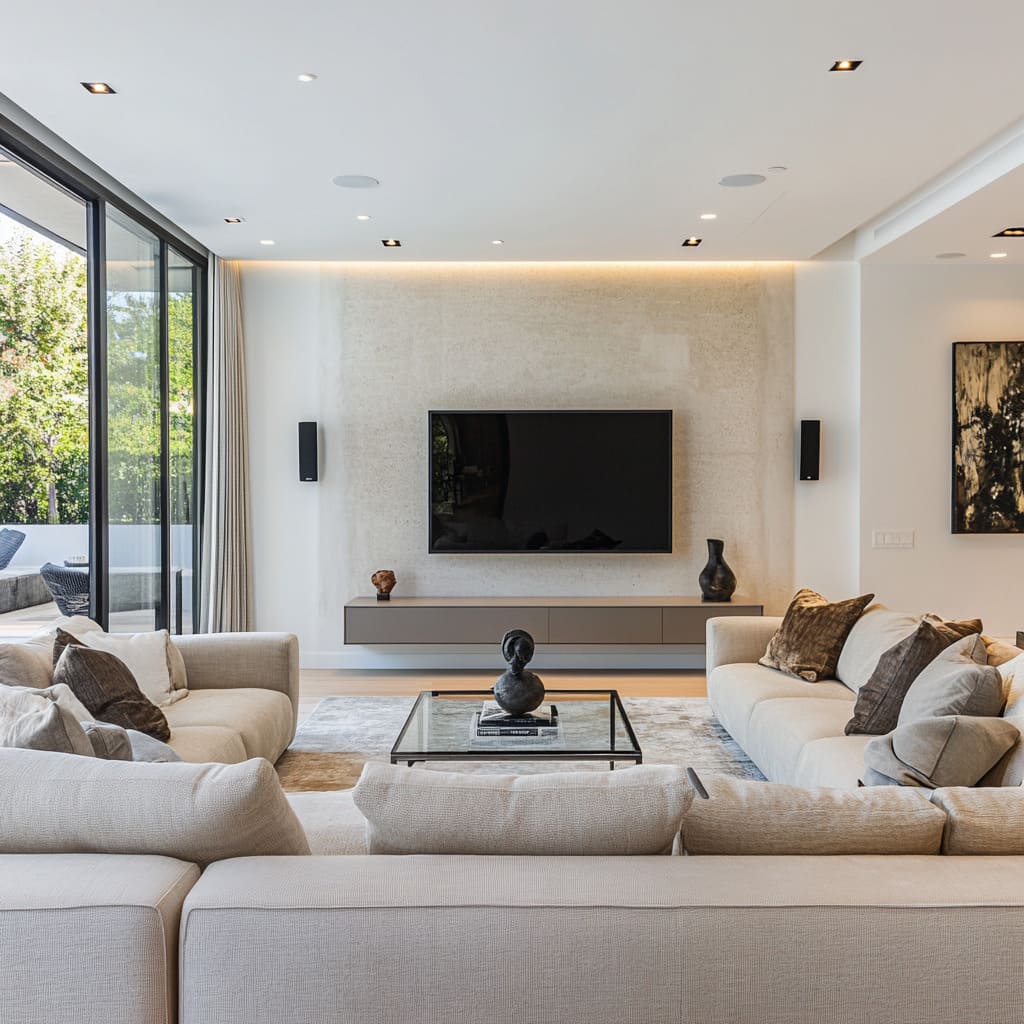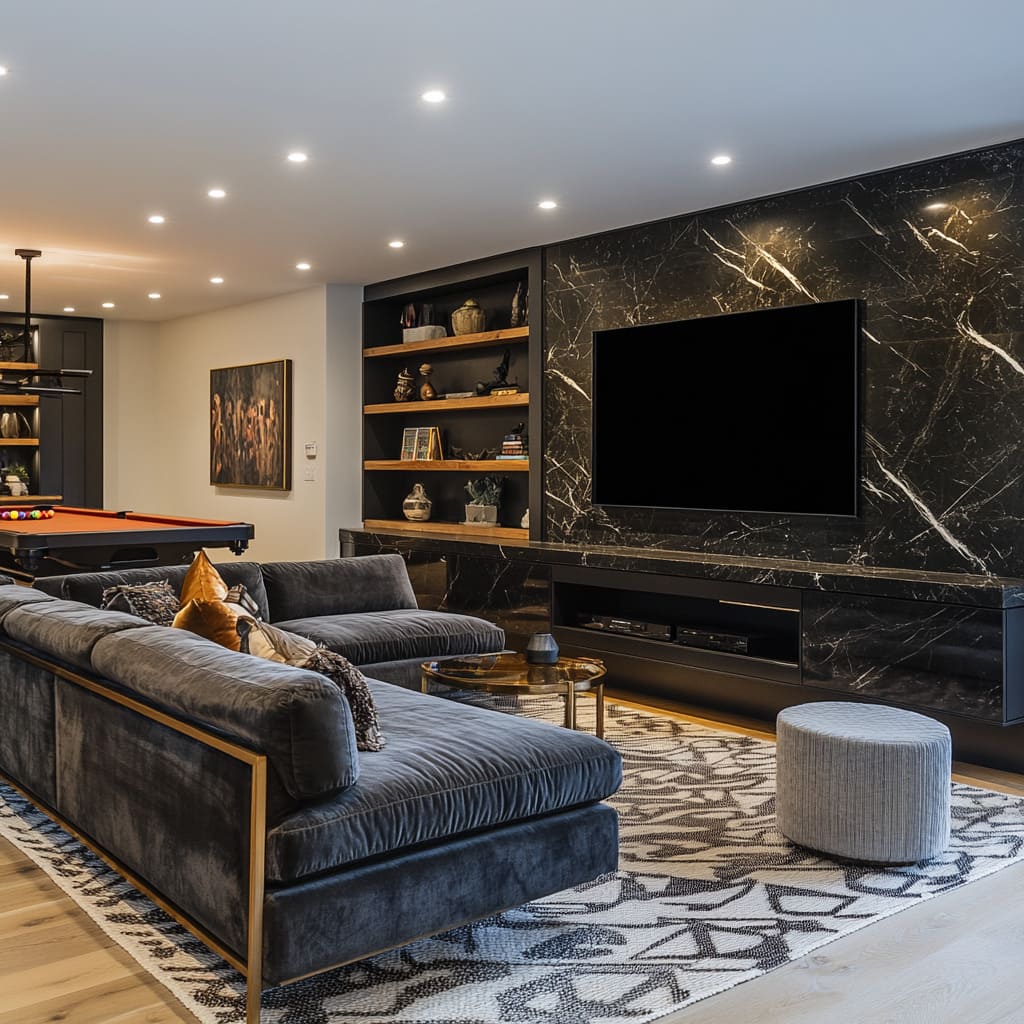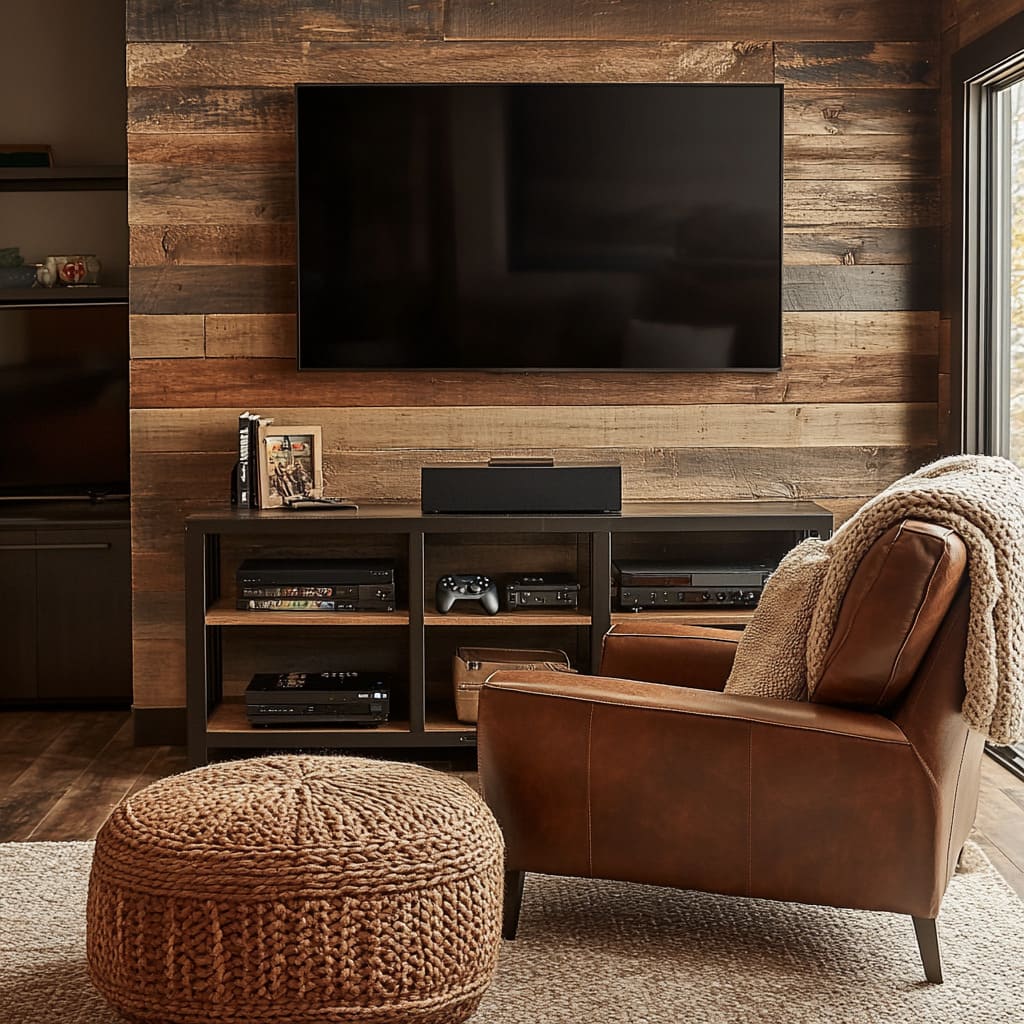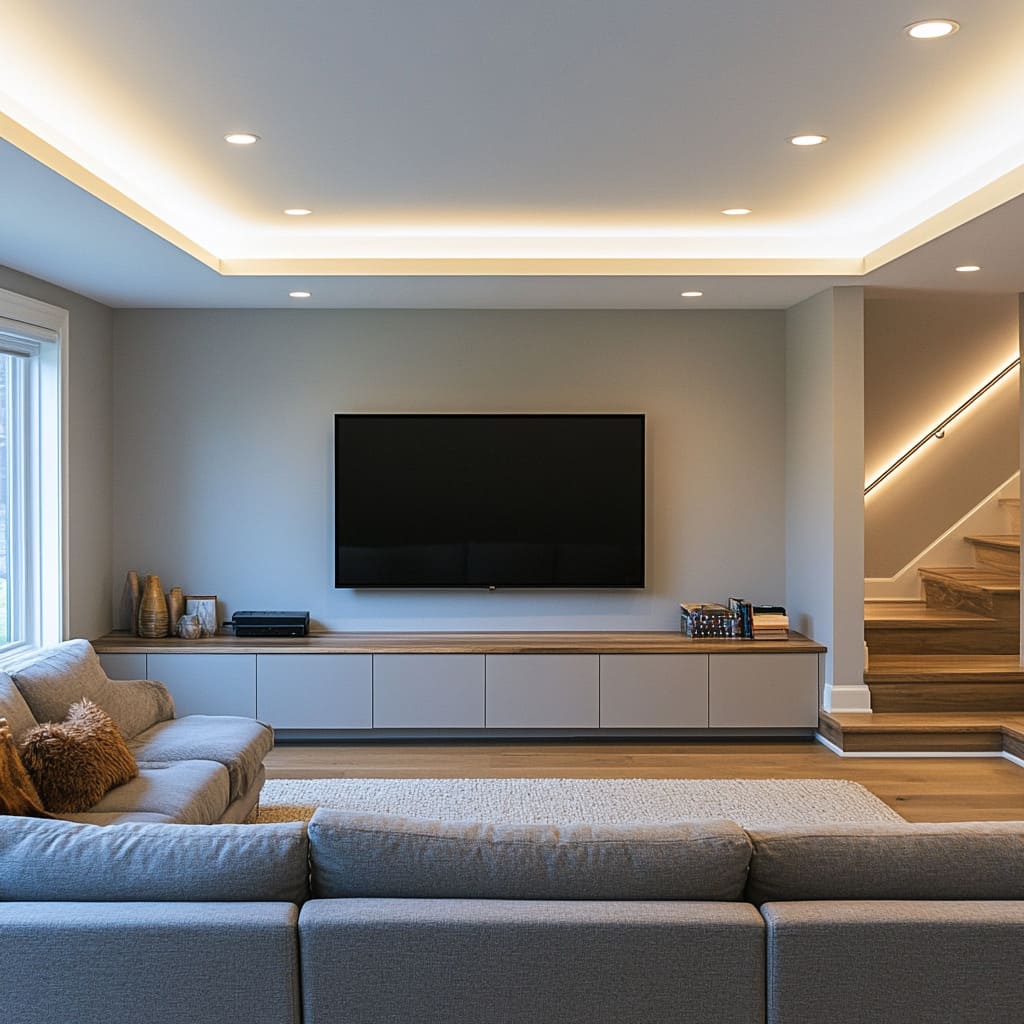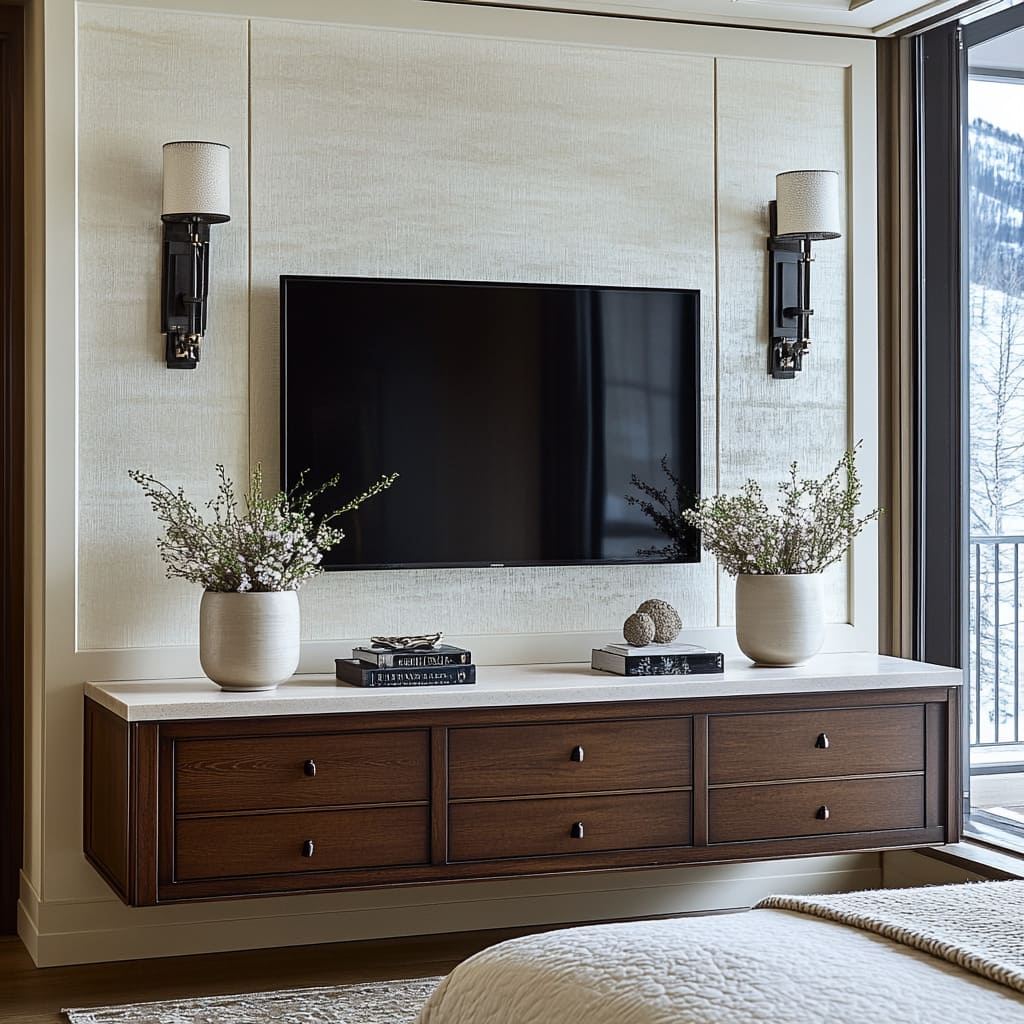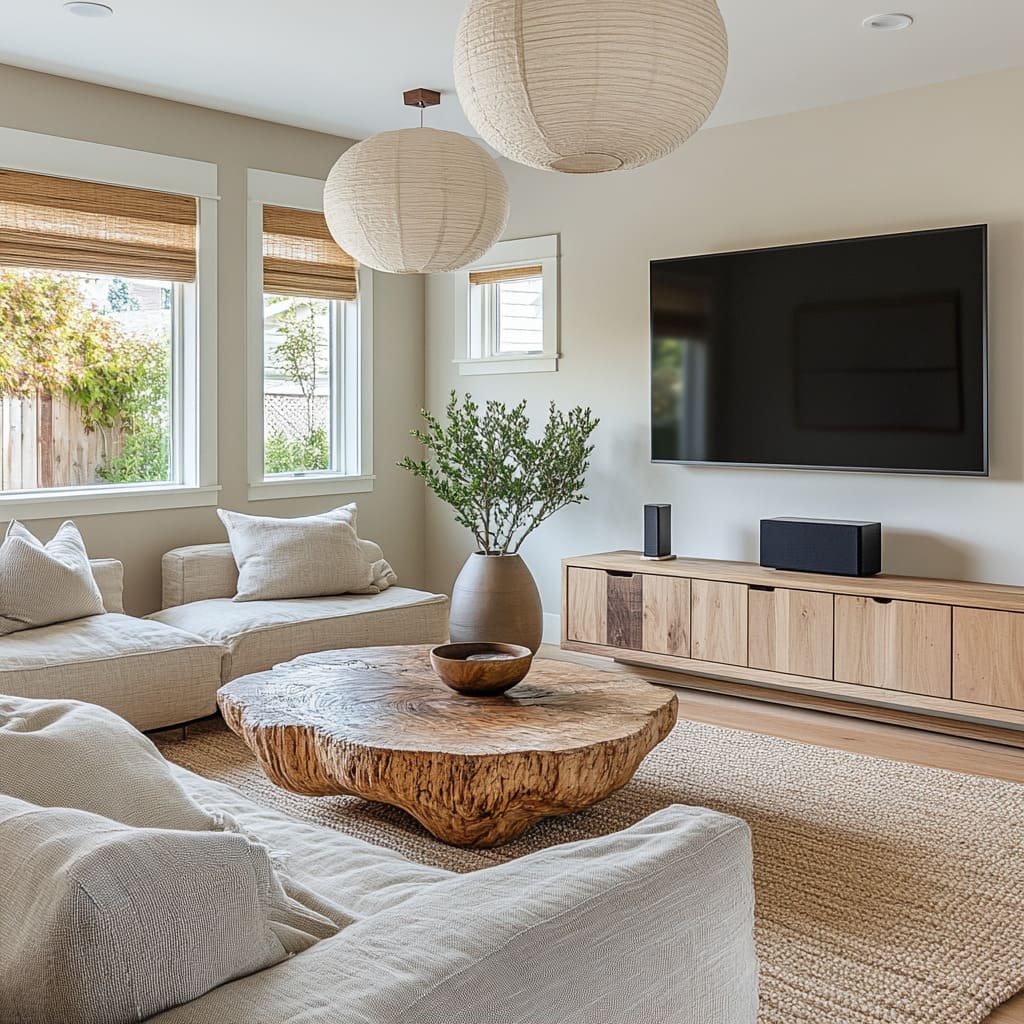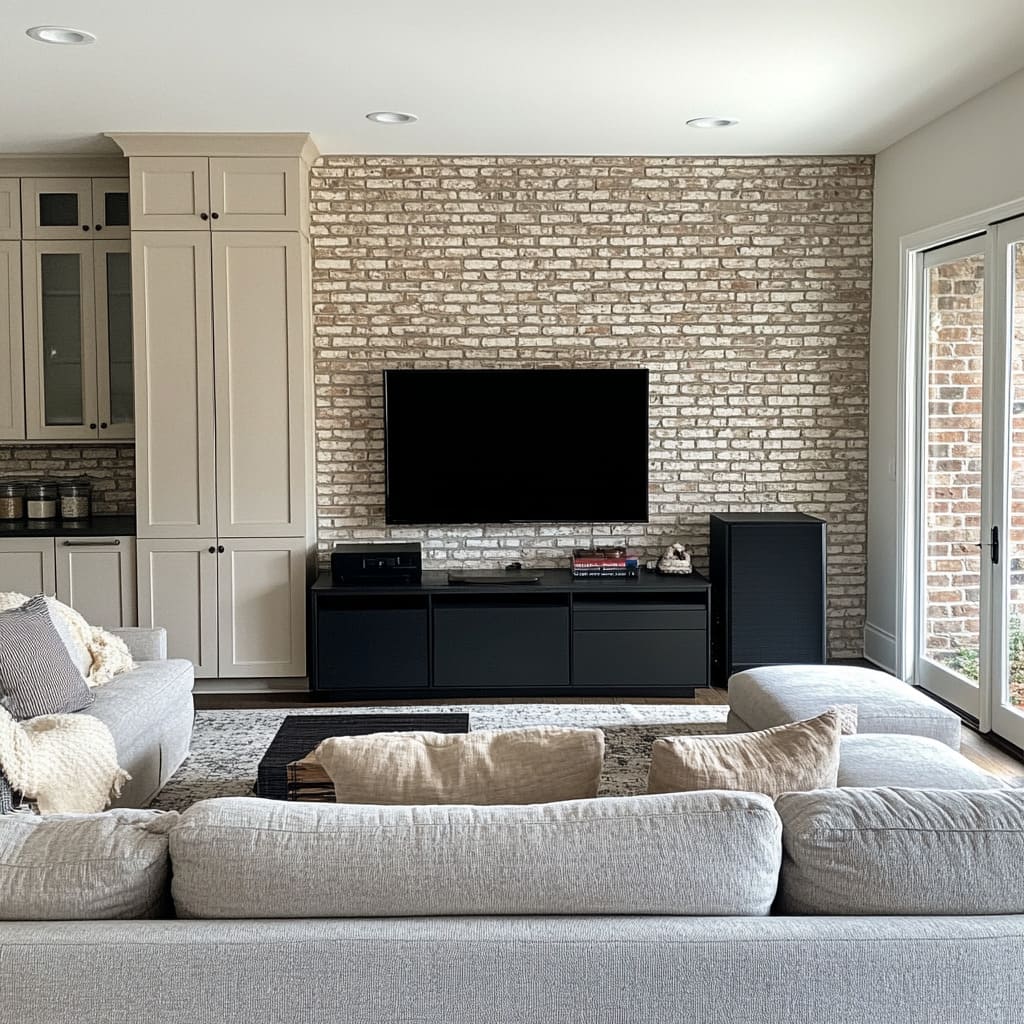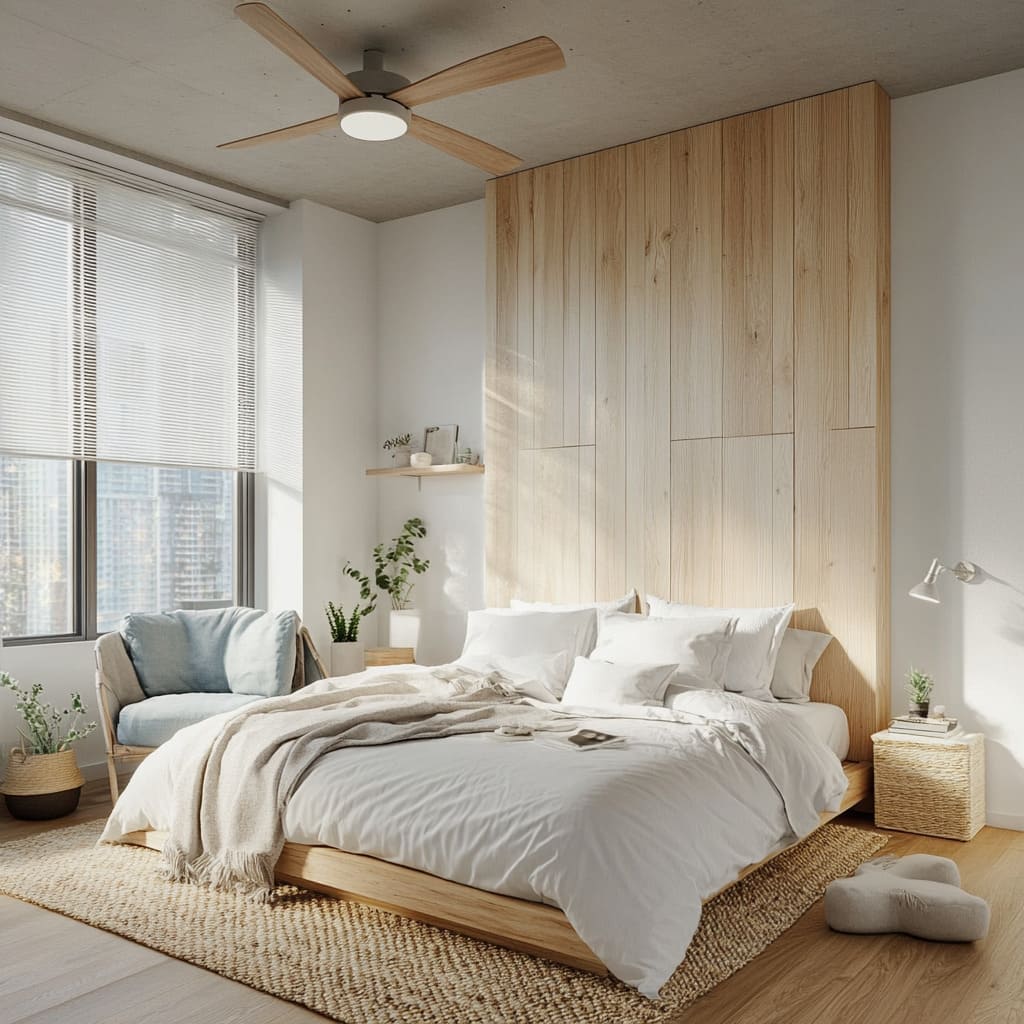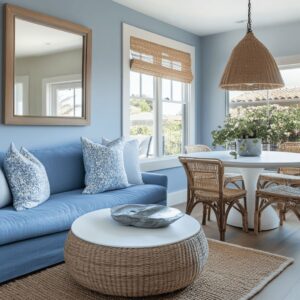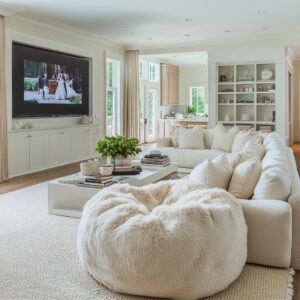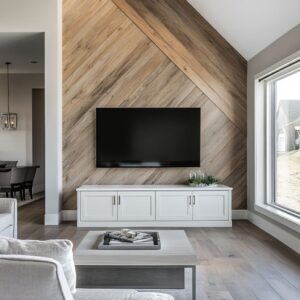Smart interior design is rapidly transforming how we think about home spaces. By blending advanced technology with thoughtful design, these solutions not only enhance daily convenience but also redefine the way our living environments look and feel.
From app-controlled lighting systems to voice-activated appliances, these devices add a layer of sophistication while maintaining practicality. This article explores how smart devices integrate seamlessly into various interior styles, offering a refined aesthetic while serving functional needs.
We’ll delve into specific examples, such as air purifiers, smart lighting, and entertainment systems, and examine their impact on the overall appearance of a home compared to traditional alternatives.
What Is Smart Interior Design?
Smart interior design brings together modern technology and visual harmony, resulting in spaces that are both efficient and appealing. It’s not just about gadgets but how those gadgets complement the design of a room.
Whether it’s a smart thermostat that blends into a neutral wall or automated blinds that eliminate the need for visible cords, these devices fit effortlessly into different decor styles. This approach to design doesn’t rely solely on functionality but also considers aesthetics.
For example, a smart air purifier can match the clean lines of a Japandi-inspired space, while voice-controlled lighting can enhance a transitional living room. Throughout this article, we’ll explore how smart devices like these enhance interiors, providing practical benefits without sacrificing beauty.
Exploring Smart Devices and Their Impact on Interiors
Smart Lighting vs. Traditional Lighting
Traditional lighting often focuses on fixed solutions, such as table lamps or ceiling fixtures, with limited customization. Smart lighting offers a dynamic alternative, allowing users to adjust brightness, color, and even direction via apps or voice commands.
For instance, tunable LED lights can set a warm, inviting atmosphere for a dinner party or a cool, focused tone for work. Motion-activated lighting adds a modern touch to hallways or entryways, eliminating the need for switches.
This level of adaptability enhances both the functionality and the aesthetic appeal of a space, making it easy to match lighting to the room’s design.
Smart Thermostats vs. Traditional HVAC Systems
Traditional thermostats are usually boxy and visually outdated, often standing out awkwardly against contemporary walls. Smart thermostats, on the other hand, are designed with sleek displays and intuitive controls that fit neatly into various interior styles.
For example, a smart thermostat can blend into a neutral-toned wall or complement the polished look of a modern kitchen. Beyond their appearance, they also contribute to energy efficiency, allowing users to control heating and cooling with precision.
Air Purifiers: Invisible Efficiency
Air purifiers have long been considered practical but visually intrusive. Traditional models often come in bulky designs that are difficult to incorporate into a well-designed room.
In contrast, modern smart air purifiers, like PuroAir and other options, feature sleek forms and muted color palettes, making them easy to integrate into minimalist, Japandi, or transitional spaces.
These devices often include app controls for monitoring air quality and adjusting settings, combining function with a clean, unassuming appearance. Some even double as decor elements, thanks to their compact and streamlined designs.
Smart Entertainment Systems vs. Traditional Media Setups
Entertainment systems have seen one of the most significant transformations in smart home design. Traditional setups often involve visible cables, bulky equipment, and a lack of cohesion with surrounding furniture.
Smart systems like concealed TVs, integrated soundbars, and wireless speakers offer a cleaner, more organized alternative. By reducing visual clutter, they allow the design of the room—whether minimalist, modern, or transitional—to remain the focal point.
Smart Window Treatments vs. Traditional Curtains and Blinds
Traditional window coverings can be limited in their functionality and sometimes detract from a room’s overall design. Automated blinds and curtains, controlled via apps or smart assistants, offer a more streamlined look while adding convenience.
These solutions eliminate the need for cords and chains, creating a safer and more polished appearance. With customizable materials and colors, they can be tailored to match the design aesthetic of any room, from sleek modern apartments to cozy transitional homes.
Smart Solutions in Key Rooms
Living Rooms: A Blend of Comfort and Technology
The living room is often the heart of the home, and smart devices can elevate both its function and style. Smart entertainment systems eliminate cable clutter, while voice-controlled lighting provides effortless ambiance adjustments.
Air purifiers keep the space fresh without interrupting the visual flow, and modular furniture adds flexibility for hosting or relaxing.
Bedrooms: Smart Comfort
In the bedroom, smart devices like adjustable mattresses and blackout curtains contribute to a more restful environment. Ambient lighting, designed to mimic natural light cycles, offers a soothing alternative to traditional bedside lamps.
These elements work together to create a space that prioritizes relaxation without compromising style.
Kitchens: Functional Elegance
Smart kitchens showcase how technology can seamlessly integrate into everyday tasks. Voice-controlled ovens, motion-activated faucets, and app-connected refrigerators bring a futuristic edge to cooking and cleaning.
These devices fit naturally into modern kitchen designs, enhancing both functionality and visual appeal.
Bathrooms: Modern Refinement
Bathrooms have also embraced smart technology, with features like app-controlled showers, LED mirrors, and smart toilets. These updates streamline functionality while maintaining a clean, uncluttered look that enhances the overall decor of the space.
Home Offices: Productivity Meets Design
A well-designed home office benefits greatly from smart devices. Ergonomic desks with adjustable heights, smart lighting to reduce eye strain, and air purifiers that ensure a comfortable environment all contribute to a more efficient workspace.
These elements help maintain an organized and visually appealing area, ideal for productivity.
Backyards: Tech-Enhanced Outdoor Living
Outdoor spaces can also benefit from smart design. Automated lighting, weather-resistant air purifiers, and multifunctional furniture create a backyard that’s both practical and inviting.
These smart solutions offer a modern twist on traditional setups, emphasizing convenience and style in equal measure.
Aesthetic Impact of Smart Devices
Modern Minimalism
Smart devices are a natural fit for minimalist interiors, where simplicity and functionality are key. Unlike traditional devices, which often come with visible cords or bulky designs, sleek smart solutions offer a streamlined appearance.
For example, a wall-mounted smart thermostat with a subtle interface or recessed smart lighting can enhance a minimalist space without disrupting its clean aesthetic. These devices emphasize form and function, seamlessly blending into neutral color palettes and open layouts.
Transitional Style
Transitional interiors combine classic and contemporary elements, making them ideal for integrating smart technology. Smart devices like automated blinds or discreet sound systems can coexist with timeless furniture and traditional decor.
The key is to select devices with finishes and materials that echo the room’s style—think brushed metal frames or muted tones that complement upholstered pieces or wood accents. This balance ensures the technology enhances the room’s look without overshadowing its warmth.
Scandinavian and Japandi Designs
Scandinavian and Japandi styles emphasize natural materials, soft colors, and a calming atmosphere. Smart technology can enhance these interiors when chosen thoughtfully.
Devices with minimalist designs, such as smart air purifiers in muted colors or lighting systems with natural hues, work well with these styles. By pairing the functionality of smart technology with the organic textures of wood or woven fabrics, these spaces maintain their understated elegance while benefiting from modern innovations.
Key Considerations for Smart Interior Design
Placement and Integration
When incorporating smart devices into your home, thoughtful placement is essential. Aim to position devices in areas where they serve their purpose effectively while remaining visually unobtrusive.
Wall-mounted devices, for example, can be placed at eye level for ease of use without dominating the room. For smaller gadgets, consider integrating them into shelving units or concealing them within decor elements, such as placing a smart speaker among books or plants.
Color and Material Harmony
Selecting devices in finishes and colors that match or complement your interior palette ensures visual cohesion. For a modern interior, matte black or brushed aluminum devices may work well, while softer tones like beige or pastel shades can blend seamlessly into Scandinavian or Japandi spaces.
Opting for materials that mirror existing textures, such as wood or metal, further enhances the integration of smart technology.
Sustainability
Many smart devices are designed with energy efficiency in mind, making them a sustainable choice for interiors. Look for products with eco-friendly certifications or energy-saving modes, such as smart thermostats that optimize heating and cooling or LED lighting systems that consume less electricity.
Incorporating these devices not only reduces environmental impact but also contributes to long-term cost savings.
Maintenance
To keep smart devices functioning and looking their best, regular maintenance is key. Clean screens and surfaces gently to avoid scratches, and ensure any vents on devices like air purifiers are free of dust.
Software updates are equally important for maintaining device efficiency and security. By taking these steps, you can preserve both the functionality and aesthetic appeal of your smart technology.
Common Mistakes to Avoid
Overloading Spaces with Unnecessary Devices
While smart technology can enhance your home, overloading a space with too many devices can create visual clutter and reduce usability. Focus on selecting a few well-integrated solutions that meet your needs without overwhelming the room.
Neglecting Visual Harmony
Smart devices should complement, not clash with your decor. Choosing items that match the room’s style in terms of color, material, and design ensures they enhance the overall look instead of detracting from it.
Failing to Align Devices with the Overall Theme
Each room should maintain a cohesive aesthetic, even with smart technology in place. For instance, installing a high-tech appliance with a futuristic design in a rustic-style kitchen may look out of place.
Always consider how devices contribute to the broader design narrative.
Smart Design in Comparison to Traditional Interiors
A Traditional Living Room vs. One with Smart Integrations
A traditional living room might feature standalone entertainment units and visible cables, while a smart living room incorporates concealed TVs, integrated sound systems, and voice-controlled lighting. The latter creates a cleaner, more cohesive space, enhancing both function and aesthetics.
A Conventional Kitchen vs. a Smart Kitchen
In a conventional kitchen, appliances are often manual and visible, while a smart kitchen incorporates sleek, app-connected devices like refrigerators and faucets that blend seamlessly with cabinetry. These solutions improve efficiency while maintaining a modern look.
A Bedroom with Traditional Furnishings vs. One with Smart Technology
Traditional bedrooms rely on fixed lighting and standard furnishings, whereas a smart bedroom integrates adjustable lighting, automated blinds, and smart mattresses for a more comfortable and personalized experience. The technology remains subtle, ensuring it doesn’t detract from the room’s relaxing ambiance.
Conclusion: The Future of Stylish and Functional Homes
Smart interior design combines modern technology with thoughtful aesthetics, enhancing homes in ways that were once unimaginable. From improving efficiency to maintaining visual appeal, smart solutions create a balance between beauty and practicality.
By starting with a clear plan and focusing on key spaces, anyone can create a home that reflects both their style and their needs. Smart interiors aren’t just about convenience—they’re about making every element of your home work together seamlessly.

